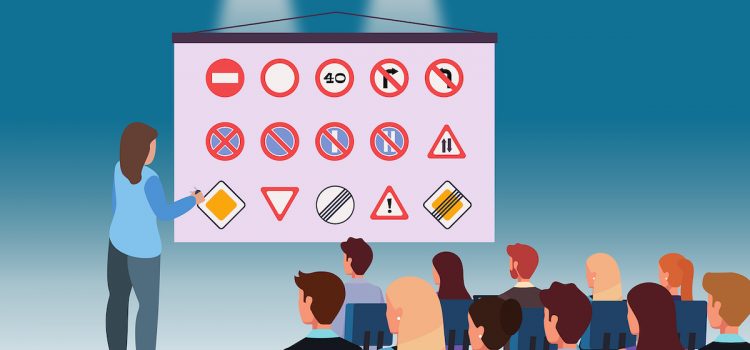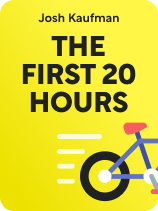

This article is an excerpt from the Shortform book guide to "The First 20 Hours" by Josh Kaufman. Shortform has the world's best summaries and analyses of books you should be reading.
Like this article? Sign up for a free trial here.
What’s going on in your brain when you learn a skill? What stages do you go through?
According to neuroscience research, you can improve any skill through practice because your brain is designed to learn and grow. During the skill acquisition process, you progress through the phases of cognition, association, and autonomy.
Keep reading to understand these stages of learning a skill and the science that makes this growth possible.
The Stages of Learning a Skill
Skill acquisition expert Josh Kaufman explains that your brain physically reorganizes itself in response to what you do, see, and experience. Whether you’re driving a car or drawing realistic portraits, when you learn a new skill, your brain creates new neural connections and pathways that help you perform it. The more you practice the skill, the stronger and more efficient these connections grow, allowing you to perform the skill with more ease and proficiency.
Kaufman writes that there are three stages of learning a skill.
1. Cognitive: You start off having to think hard about the skill—you’re trying to figure out how everything works and what you need to do. For instance, when you start learning to drive, you have to learn the rules of the road and how to operate the car.
2. Associative: With practice, you start noticing patterns and trying out different approaches, but you still have to think about what you’re doing. For example, when driving, you get better at adjusting your speed and predicting how much distance you need before merging, but you still need to consciously consider your actions as you go.
3. Autonomous: You can perform the skill without needing to think very hard about what you’re doing—you do it automatically. For example, as you become a more experienced driver, you don’t have to regularly remind yourself of how to operate the car and can go from one location to the next almost effortlessly.
| What Happens in Your Brain When You Learn Something New The authors of Make It Stick dive deeper into the neuroscience behind how your brain physically changes when you learn a new skill: Your brain has billions of nerve cells (neurons) with structures called axons that branch out and connect them with other neurons. Axons are coated with myelin, which helps signals travel more quickly and efficiently. The more you practice a skill, the thicker the myelin coating becomes, allowing you to perform the skill with more ease and speed. So, how exactly does practice allow you to progress through each of the three stages Kaufman outlines? The authors of Make It Stick say there are three things that happen in your brain (encoding, consolidation, and retrieval) that help you to go from cognitive to associative to autonomous. 1. Your brain encodes new information as memory traces, which are stored in your short-term memory. 2. Your brain then works to consolidate those memory traces and transfer them to your long-term memory—a process that takes hours or days. 3. After you consolidate information to your long-term memory, you must create retrieval cues, which help you pull up the information so you can apply it to different situations. The more you have, the more readily you can recall information. Practice helps you create these retrieval cues and further consolidate your knowledge. As this happens, you progress from having to think hard about the skill to being able to retrieve the information almost automatically. |

———End of Preview———
Like what you just read? Read the rest of the world's best book summary and analysis of Josh Kaufman's "The First 20 Hours" at Shortform.
Here's what you'll find in our full The First 20 Hours summary:
- A simple and effective method for learning almost any skill in 20 hours
- The misconceptions that hold us back from learning new skills
- Actionable tips to help you optimize your skill-building experience





